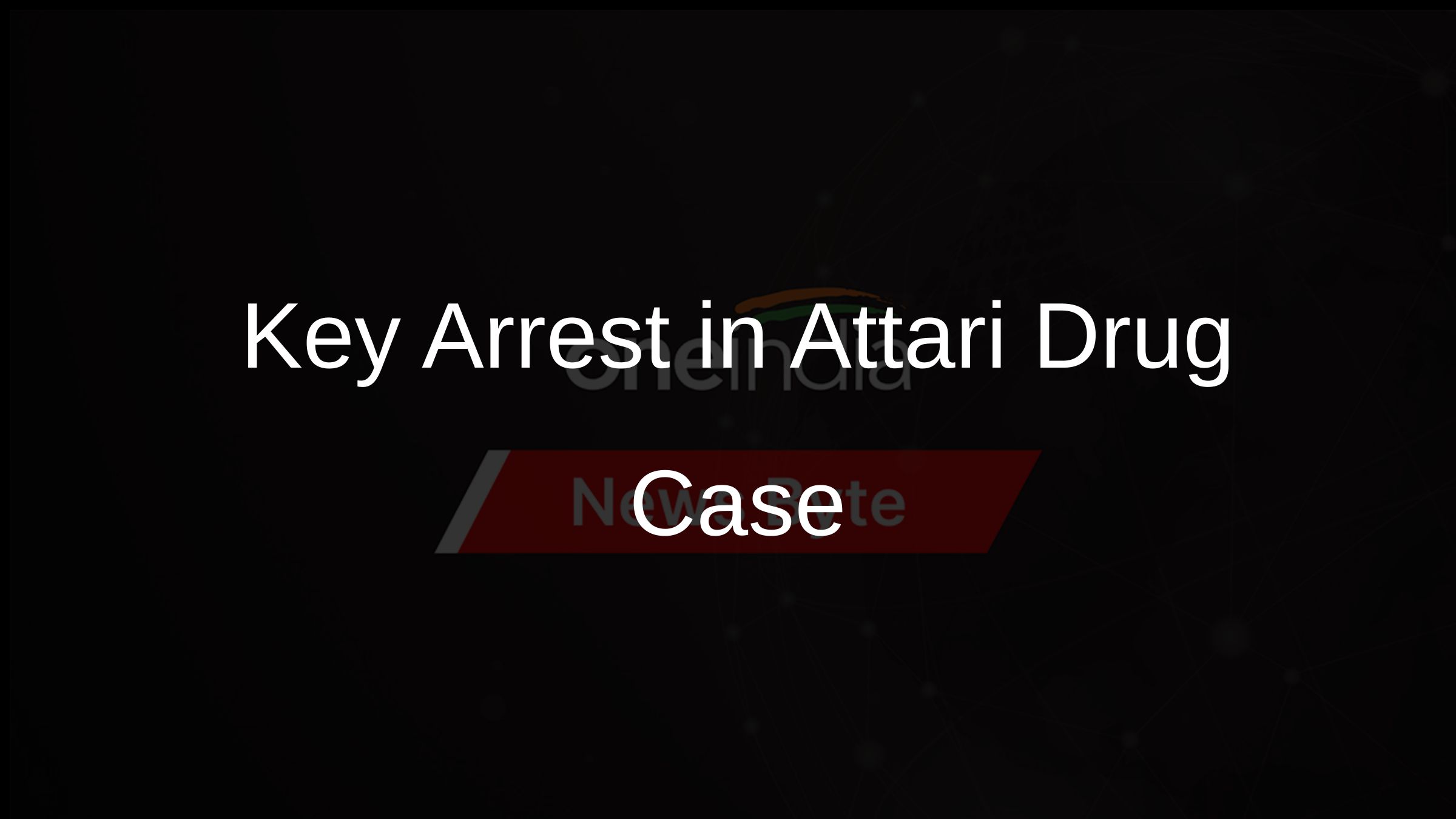
Killer pulses help evaluate special substrate surfaces
Washington, July 30 : Researchers at the University of Illinois in the US, have devised a method to evaluate substrate surfaces by using a series of killer laser pulses.
Referred to as surface-enhanced Raman scattering, the technique will help to detect deadly fumes in subways, toxic gases in chemical spills, and hidden explosives in baggage.
It functions by adsorbing molecules of interest onto rough metal surfaces, typically enhancing the Raman spectrum by a million times.
Hot spots can occur, however, where the electric field enhancement can be a billion or more.
Current surface characterization techniques cannot tell hot spots from cold spots, and create an average value across the entire substrate surface.
"Looking at a spectrum, you can't tell if it's the result of a small number of molecules in hot spots or a large number of molecules in cold spots," said chemistry professor Dana Dlott at the University of Illinois.
"Two materials could have the same average spectrum, but behave quite differently," she added.
Dlott, graduate student Ying Fang and postdoctoral research associate Nak-Hyun Seong came up with a way to measure the distribution of site enhancements on the substrate surface.
Using killer laser pulses, their technique can count how many molecules are sitting in the hottest spots, how many are sitting in the coldest spots, and how many are sitting between the two extremes.
The killer pulse is a short duration laser pulse with a variable electric field. When the electric field is strong enough, it rips a molecule apart, "killing" it.
"If a molecule is in a very hot spot on the substrate, where the electric field enhancement is really big, it takes only a weak pulse to kill it," said Dlott. "If the molecule is in a very cold spot, then it takes a really big laser pulse to kill it," she added.
The researchers demonstrated their technique by measuring the distribution of local enhancements for benzenethiolate molecules on a substrate of silver-coated nanospheres 330 nanometers in diameter.
To characterize the surface, the researchers first measured the initial Raman intensity. Then, they put in a weak killer pulse, which destroyed the molecules in the hottest spots.
After measuring the new Raman intensity, they put in a bigger pulse and destroyed the molecules in slightly colder spots.
The researchers continued with bigger and bigger pulses until all the benzenethiolate molecules were destroyed.
"We found the hottest spots comprised just 63 molecules per million, but contributed 24 percent of the overall Raman intensity," said Dlott. "We also found the coldest spots contained 61 percent of the molecules, but contributed only 4 percent of the overall intensity," she added.
Measurements like these, of the distribution of local site enhancements, will help researchers design better scattering surfaces for sensor applications.
ANI


 Click it and Unblock the Notifications
Click it and Unblock the Notifications
















